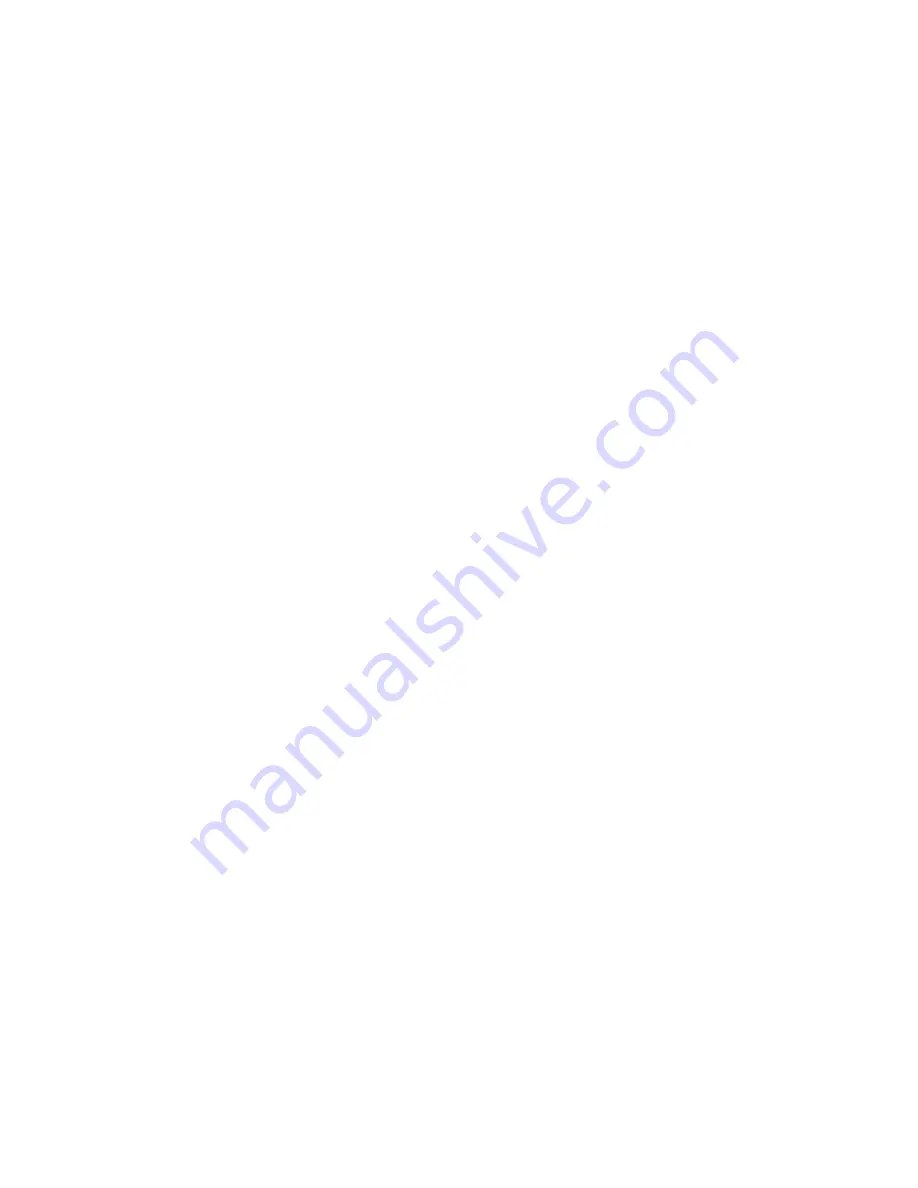
Engine Lubrication
1.
Drain oil when engine is warm. This will ensure com-
plete drainage of oil. If the engine oil contains sludge,
use a flushing oil to clean away the residue. Refer to
your engine manual.
2.
Replace the engine oil filter.
3.
Fill the crankcase(s) with the required quantity of rec-
ommended engine oil as specified in your engine
manual.
4.
Start the engine.
5.
Pour or spray fogging oil through the carburetor air
intake. Continue to pour or spray fogging oil until the
engine stops.
6.
Clean and lubricate all linkage.
7.
Spray the entire exterior surface of the engine with a
rust and corrosion inhibitor.
8.
Have the engine alignment checked and adjusted by a
qualified marine technician.
9.
Inspect all gaskets and seals, grease the U-joints, and
change gear oil.
10
.Remove the propeller
. Clean and lubricate the prop
shaft and check for damage.
Cooling System
To prevent corrosion damage, drain the cooling system
before extended storage or when freezing weather
threatens.
1.
When draining the cooling system, make sure all plug
openings are free of obstructions and marine growth.
2.
Fill the cooling system with anti-freeze and fresh water
to provide additional corrosion and freeze-up protec-
tion. Mix anti-freeze according to label directions for
the lowest expected temperature.
Fresh Water System
1.
Open all faucets and allow pump to empty water tank
and intake lines. Run pump dry, for one to two minutes,
before turning off pump.
2.
Open all drains.
3.
Disconnect discharge and intake hoses from pump.
4.
Allow pump to run to force all water from unit.
NOTE:Running pump when dry will not damage it.
5.
Reconnect all hoses.
6.
In climates subject to freezing temperatures, add prop-
erly mixed RV type anti-freeze solution to tank. T
urn on
pump, open each faucet until a small amount of anti-
freeze runs out, close faucets.
7.
Turn of
f pump.
Marine Sanitation Device (MSD)
Improper winterizing can cause your MSD to fail. In salt
water environments, the toilet bowl should be filled with
fresh water and allowed to stand for several days. This will
ensure that any accumulated salt has sufficient time to dis-
solve. Consult the manufacturer’s instruction manual for
detailed winterization procedures.
6.2
Engine Lubrication
1. Drain oil when engine is warm. This will ensure com-
plete drainage of oil. If the engine oil contains sludge,
use a flushing oil to clean away the residue. Refer to
your engine manual.
2. Replace the engine oil filter.
3. Fill the crankcase(s) with the required quantity of rec-
ommended engine oil as specified in your engine
manual.
4. Start the engine.
5. Pour or spray fogging oil through the carburetor air
intake. Continue to pour or spray fogging oil until the
engine stops.
6. Clean and lubricate all linkage.
7. Spray the entire exterior surface of the engine with a
rust and corrosion inhibitor.
8. Have the engine alignment checked and adjusted by a
qualified marine technician.
9. Inspect all gaskets and seals, grease the U-joints, and
change gear oil.
10. Remove the propeller. Clean and lubricate the prop
shaft and check for damage.
Cooling System
To prevent corrosion damage, drain the cooling system
before extended storage or when freezing weather
threatens.
1. When draining the cooling system, make sure all plug
openings are free of obstructions and marine growth.
2. Fill the cooling system with anti-freeze and fresh water
to provide additional corrosion and freeze-up protec-
tion. Mix anti-freeze according to label directions for
the lowest expected temperature.
Fresh Water System
1. Open all faucets and allow pump to empty water tank
and intake lines. Run pump dry, for one to two minutes,
before turning off pump.
2. Open all drains.
3. Disconnect discharge and intake hoses from pump.
4. Allow pump to run to force all water from unit.
NOTE: Running pump when dry will not damage it.
5. Reconnect all hoses.
6. In climates subject to freezing temperatures, add prop-
erly mixed RV type anti-freeze solution to tank. Turn on
pump, open each faucet until a small amount of anti-
freeze runs out, close faucets.
7. Turn off pump.
Marine Sanitation Device (MSD)
Improper winterizing can cause your MSD to fail. In salt
water environments, the toilet bowl should be filled with
fresh water and allowed to stand for several days. This will
ensure that any accumulated salt has sufficient time to dis-
solve. Consult the manufacturer’s instruction manual for
detailed winterization procedures.
6.2











































